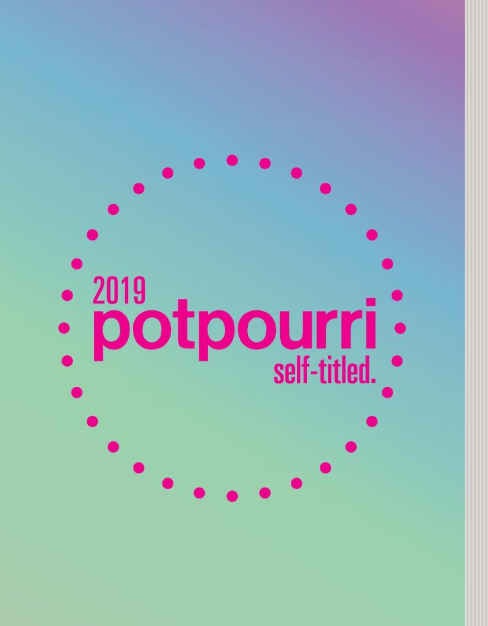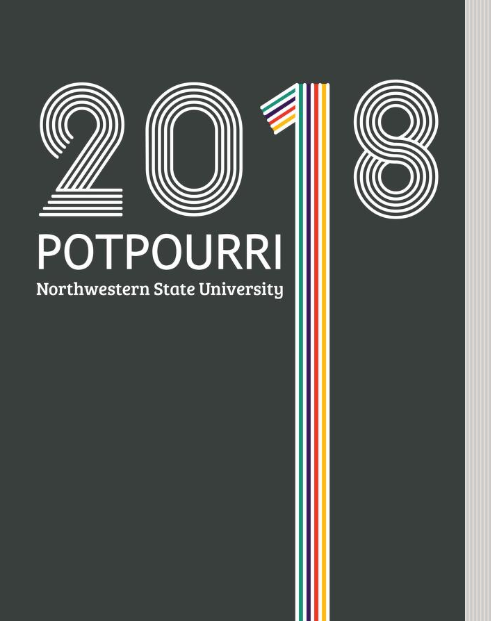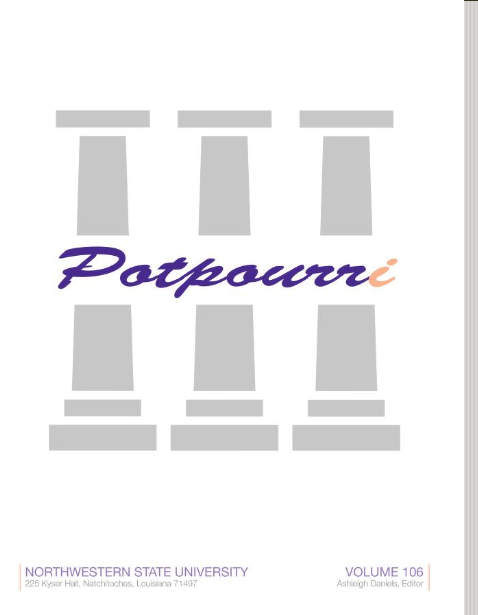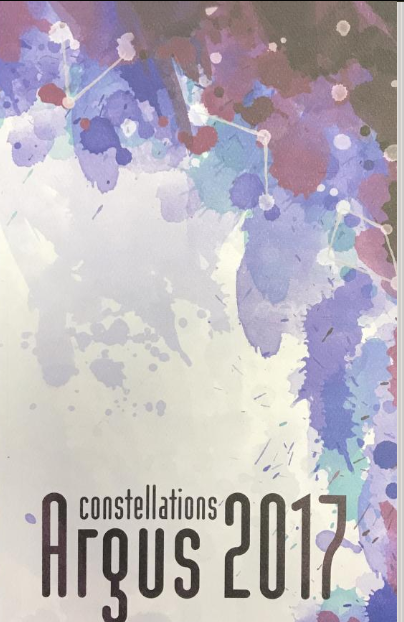Coffee production is destroying the world
Keeping an eye on coffee’s originally sourced locations helps consumers stay informed on ethical and environmental issues around its making.
Every morning, millions of people will wake up and choose to start their day with a simple cup of hot coffee. But what most people don’t realize is that those bitter, aromatic beans are the source of some of the world’s worst pollution.
Coffee companies primarily use a coffee growing technique that capitalizes on time, space and labor.
Known as the sun-grown technique, this method, according to the Sustainable Business Tool Kit, “is produced on plantations where trees are cleared so that coffee is grown in rows in direct sunlight.”
This technique has a huge impact on the environment. Deforestation is only one of a slew of problems in the money-making oriented method of growing coffee.
The processing plants dealing with the harvested and dried coffee beans pollute the local waterways with discharged organic pollutants. Despite the organic nature, it robs the delicate ecosystems and the aquatic landscape of oxygen and other naturally occurring bacteria, killing hundreds of microspecies and suffocating the aquatic animals.
Sun-grown coffee also relies on the classic farming crop technique of using pesticides and other growth chemicals to create the most yield for the least amount of money, which usually is the most harmful option. The chemicals kill the insects pollinating the crops and other natural animals, as well as pollutes the waterways with the discharge.
The sun-grown method of growing coffee is only part of what makes coffee production such a destructive force. The waste coffee production creates is also a huge issue.
The coffee bean is a green-red bulb. A cherry grows on the outside of the coffee bean. Coffee is grown, picked, de-pulped and finally fermented, leaving only the coffee bean.
The leftover pulp is not nearly as valuable as the bean, so the producers will simply throw away the leftovers, generating more waste. Guess where the coffee pulp is disposed of? In nearby waterways. Yet again contributing to the pollution of water.
If the water is polluted, so will the soil being watered by it. That will kill plants on the banks of rivers, creating a massive deserted wasteland of death and non-biodegradable chemicals. It is an endless chain of effects that harms more than we assume.
But we don’t have to scrap our coffee addictions just yet. There is another method of growing coffee that does not damage the environment.
The traditional technique of growing coffee involves planting coffee under the shade canopy of a tree. This method mimics how coffee naturally grows in the environment.
While the traditional method of growing coffee is less profitable in the short term, switching to the shaded technique of growing coffee is more profitable in the long run because the company producing and growing coffee will have a reliable, permanent piece of crop-land that will not die in a matter of years from pollution. That is, of course, assuming they also adopt better preservation of the environment by not dumping waste into waterways.
Certain brands have already begun implementing ways to fix the waste produced by coffee production. Starbucks, although not changing their growth techniques, is one brand that has started supporting coffee farmers and fixing certain procedures revolving around how their coffee goes from farmland to cafes. Such measures are incredibly beneficial to reducing coffee companies’ carbon footprints, but they still aren’t enough.
Coffee is easily one of the largest producers of environmental waste in regions near the equator, and it is such a simple fix to transform that statistic. Yes, changing to the traditional method of growing coffee would cause coffee prices to rise, but it would keep the environment safe.
By supporting brands who farm their coffee in a shade-grown way, you are helping the environment tremendously. I heavily encourage you all to read up on your favorite coffee brands’ declarations of their environmental impacts and support only those who traditionally grow their coffee. Celebrate this coming Earth day with a cup of fresh, shade-grown coffee, and know you are helping the planet in a very big way.

Stephani is a Fine and Graphic Arts Major with a Film Studies Minor. Though this year will be her second year as the Illustrator for The Current Sauce,...



























